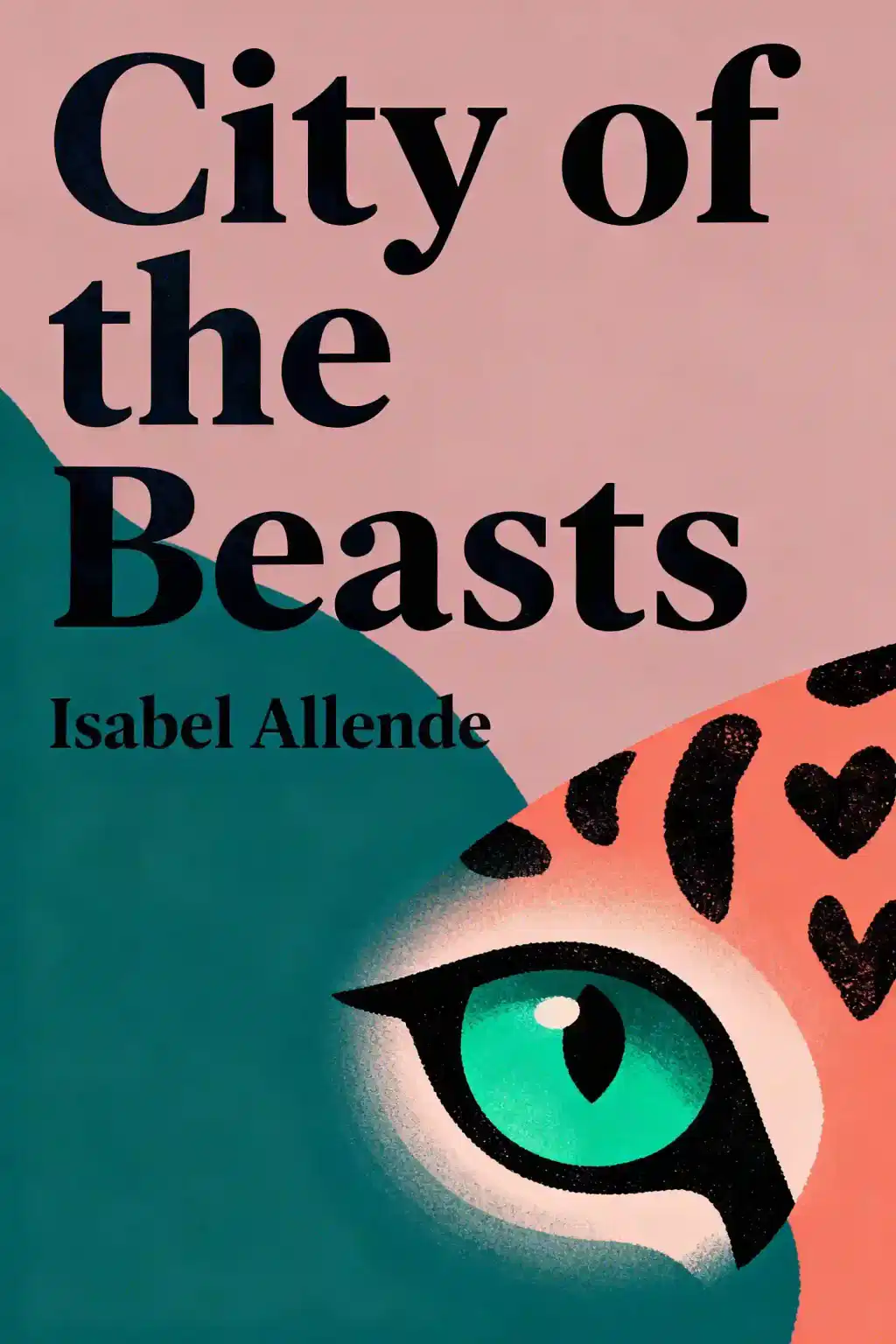What is
Life Lessons from the Amazon by Pip Stewart about?
Life Lessons from the Amazon chronicles Pip Stewart’s three-month source-to-sea kayak expedition down Guyana’s Essequibo River, blending adventure storytelling with reflections on resilience, community, and personal growth. The book explores themes like embracing uncertainty, overcoming fear, and learning from Indigenous wisdom, framed through encounters with jungle wildlife, interpersonal challenges, and a flesh-eating parasite.
Who should read
Life Lessons from the Amazon?
Adventure enthusiasts, travelers seeking ethical perspectives, and readers interested in personal development will find value. Pip Stewart’s insights resonate with those navigating life transitions, fostering resilience, or reflecting on sustainability and privilege in exploration.
Is
Life Lessons from the Amazon worth reading?
Yes—the book balances thrilling survival narratives with actionable wisdom, earning praise for its humor, humility, and compassionate storytelling. Ross Edgley and Ben Fogle endorse it as a transformative read for anyone seeking inspiration to confront personal or professional challenges.
What are the main themes in
Life Lessons from the Amazon?
- Resilience: Adapting to setbacks, inspired by jungle ecosystems.
- Community: Lessons on teamwork and Indigenous knowledge.
- Ethical Travel: Reflections on privilege and sustainable exploration.
- Self-Belief: Overcoming fear and silencing self-doubt.
How does Pip Stewart address resilience in the book?
Stewart compares human resilience to rainforest ecosystems, emphasizing adaptation and recovery. She shares how physical hardships (e.g., parasite infections) and mental struggles (e.g., fear of snakes) taught her to embrace vulnerability and persist despite adversity.
What are key quotes from
Life Lessons from the Amazon and their meanings?
- “You are your engine”: Highlights self-reliance and intrinsic motivation.
- “When there is, there is…”: Encourages accepting life’s unpredictability.
- “Don’t let your inner critic take over”: Advocates for silencing self-doubt.
Stewart credits her survival to the Wai-Wai guides and teammates, illustrating how trust, shared goals, and cultural exchange foster resilience. The narrative underscores interdependence as vital for overcoming isolation in extreme environments.
What challenges did Pip Stewart face during her expedition?
- Physical: Kayaking 1,000km, surviving a flesh-eating parasite (leishmaniasis).
- Mental: Battling fear of wildlife and self-doubt.
- Team Dynamics: Navigating group tensions in high-stress conditions.
How does
Life Lessons from the Amazon discuss ethical travel?
Stewart critiques colonial exploration mindsets, advocating for respectful engagement with Indigenous communities. The book urges travelers to acknowledge privilege and prioritize sustainability, offering a model for conscientious adventure.
What role does nature play in the book’s lessons?
The Amazon rainforest serves as both antagonist and teacher, revealing lessons on adaptation (via ecosystems), patience (through incremental progress), and interconnectedness. Nature’s unpredictability mirrors life’s challenges.
How does Pip Stewart’s health struggle relate to the book’s message?
Her battle with leishmaniasis became a metaphor for resilience, amplifying her advocacy for global health equity. The experience deepened her appreciation for medical access and inspired her activism against neglected tropical diseases.
How does
Life Lessons from the Amazon compare to other adventure memoirs?
Unlike purely survival-focused accounts, Stewart’s work interweaves introspection with adventure, prioritizing emotional growth over adrenaline. Its blend of humor, cultural insights, and ethical reflection aligns with authors like Cheryl Strayed or Jon Krakauer.














